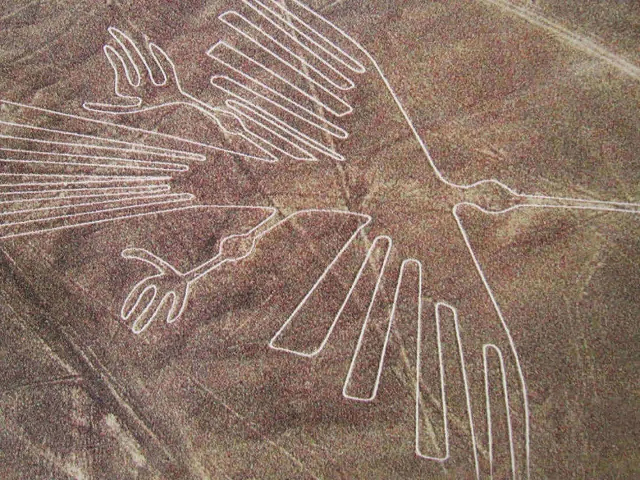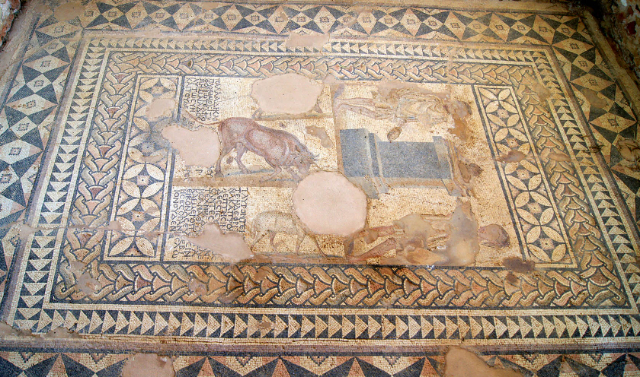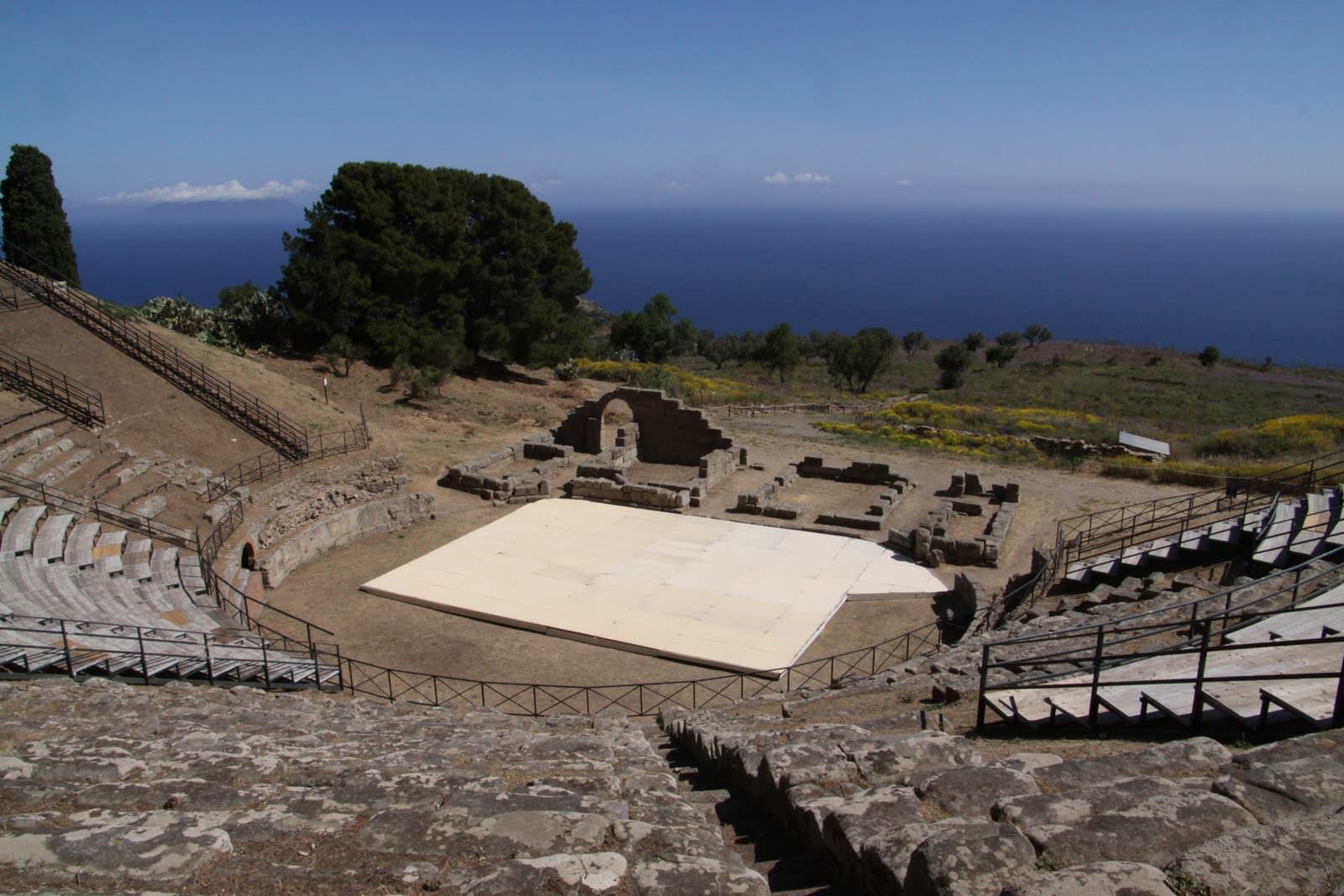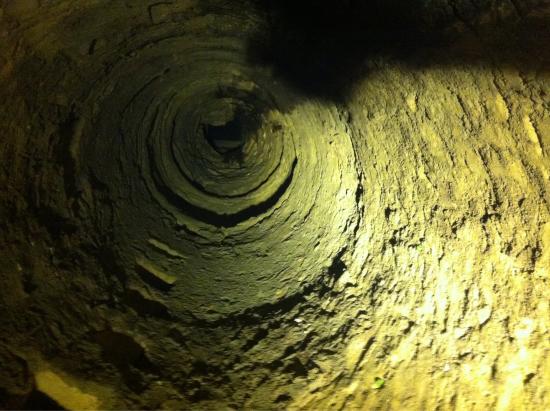The Nazca Lines are among the most fascinating and enigmatic ancient artifacts in the world. Located in the Nazca Desert of southern Peru, these geoglyphs cover an area so vast that they are best seen from the air, where their full artistry and scale emerge spectacularly against the arid landscape.
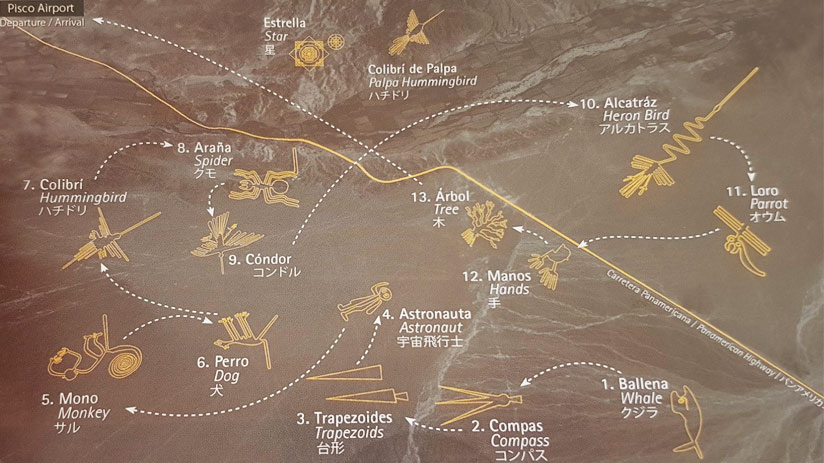
Designated as a UNESCO World Heritage Site in 1994, the Nazca Lines are made up of over 800 straight lines, 300 geometric figures, and 70 animal and plant designs, also known as biomorphs. These include figures of a hummingbird, spider, and monkey, which are particularly famous for their complexity and size—with some biomorphs stretching up to 1,200 feet in length, rivaling the height of the Empire State Building.
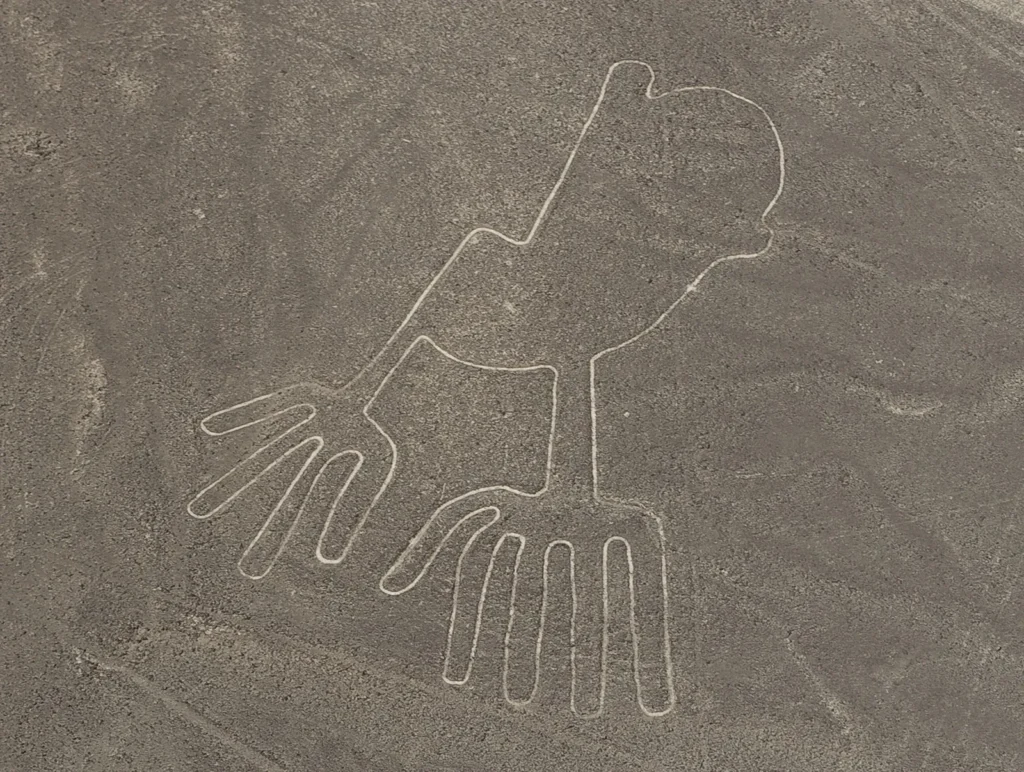
The creation of the Nazca Lines is believed to date back to at least 500 BCE, continuing through to about 500 CE. They were primarily constructed by the Nazca culture, although they may also have been used and extended by subsequent societies. The purpose of these lines has been the subject of speculation and research for decades. Theories range from their being part of religious or ceremonial practices, where they might have served as walkways for sacred processions, to astronomical functions, aligning some of the lines with celestial bodies at certain times of the year.
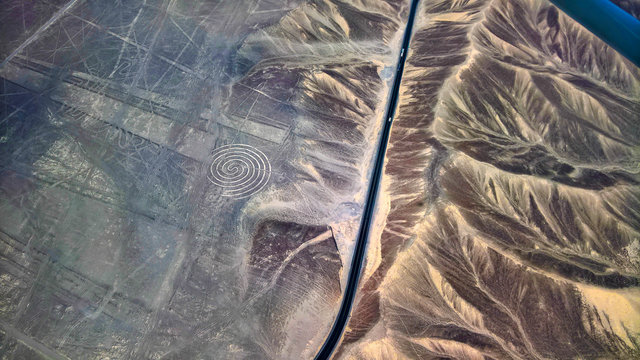
The mystery surrounding the Nazca Lines is compounded by their visibility. The fact that these immense figures can only be fully appreciated from above has led to various speculative theories, including ideas of alien involvement. However, most scholars believe the Nazca people could have achieved the construction of these lines using simple tools and surveying techniques available at the time, possibly using small hills or makeshift scaffolding for planning and observation.
The environment of the Nazca Desert is one of the driest on Earth, with less than an inch of rain annually, which has helped preserve these ground drawings for millennia. The contrast of the clear, white lines against the darker ground is achieved by removing the top layer of reddish-brown iron oxide-coated pebbles to reveal the lighter sand beneath.
For visitors to Peru, a trip to see the Nazca Lines often includes a light aircraft tour, which provides a spectacular aerial view of these intriguing designs. These flights not only offer a chance to see the lines in their entirety but also give a sense of their extraordinary scale and the precision with which they were made.
For those interested in exploring more about the Nazca Lines and planning a visit, platforms like Secret World offer comprehensive travel guides and detailed insights. Additionally, the app from Secret World can enhance your travel experience with practical tips and deeper historical context, ensuring that your journey to this ancient and mysterious site is as enlightening as it is memorable. Whether you are drawn by the historical mystery, the archaeological significance, or the sheer artistic scale of the Nazca Lines, they represent a profound testament to the ingenuity and creativity of ancient South American cultures.

